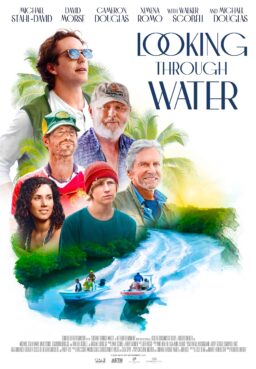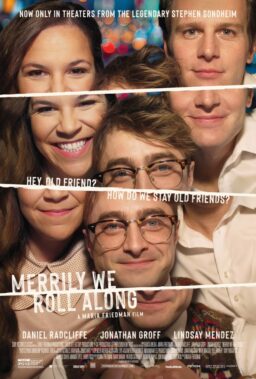<iframe src="http://player.vimeo.com/video/28957441?portrait=0" width="500" height="375" frameborder="0" webkitallowfullscreen="” allowfullscreen=”“>
Click here to watch larger video on Vimeo.
In the Cut: Piecing together the action sequencePart I: Shots in the Dark (Knight)Part III: I Left My Heart in My Throat in San Francisco (Bullitt, The Lineup, The French Connection)
From the introduction to my latest deconstruction of a modern action sequence over at Press Play:
In Part I of In the Cut we looked at part of an action sequence from “The Dark Knight” and examined many questions, ambiguities and incongruities raised by the ways shots were composed and cut together. In Part II, we delve into a chase sequence from Phillip Noyce’s Salt (2010) that uses a lot of today’s trendy “snatch-and-grab” techniques (quick cutting, shaky-cam, but very few abstract-action cutaways — I spotted one doozy, but I didn’t mention it; see if you notice it). And yet, there’s very little that isn’t perfectly understandable in the moment.
There are certain directors I think of as “one-thing-at-a-time” filmmakers. That is, they seem to be incapable of composing shots that have more than one piece of information in them at a time. This makes for a very flat, rather plodding style. You see what the camera is pointed at in each shot, but you get very little sense of perspective when it comes to relating it to other elements in the scene. Noyce’s technique is much more fluid, organic and sophisticated. He keeps things from one shot visible in the next, even when shifting perspective — whether it’s only a few feet or clear across several lanes of traffic.
In Part I: A Shot in the Dark (Knight) I asked (rhetorically) whether the techniques used made the action more exciting or just more confusing. I left the question unanswered because it’s something viewers are going to have to decide for themselves. And, as usual in criticism, the goal is not to find the “right” answers but to raise the relevant questions. Noyce himself raised a good one when he said he thinks viewers are not looking for coherence but for visceral experiences. And yet, his filmmaking is quite coherent (grammatically, if not “realistically”). “Visceral,” like “realism,” is in the eye of the beholder….
“In the Cut” is presented by Press Play, Scanners and RogerEbert.com. Part I is here. Part III will examine a classic San Francisco car chase from “The Lineup” (1958), directed by Don Siegel (“Dirty Harry,” “Escape from Alcatraz,” “Invasion of the Body Snatchers,” “Charley Varrick”…).










